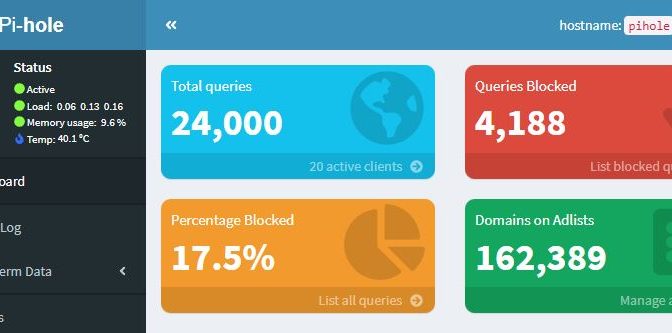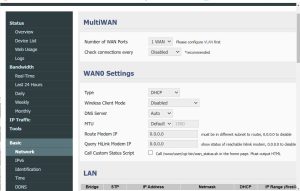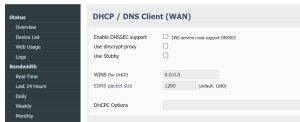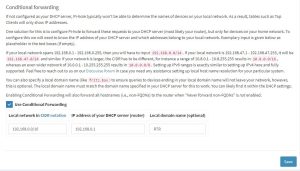An article in this morning’s Washington Post gave me pause. It’s a thing now that some, perhaps many, people have come to resent receiving phone calls. I’ve sensed this shift in attitudes for a time, but not focused on it. “Text! Please don’t call me!” is the etiquette now. It seems there are people thrown into panic when their phone rings with a caller unexpectedly.
Then again, voicemail has gone the way of the horse-drawn cart, perhaps deservedly, because texting IS more convenient, and, yes, much less intrusive. I’ve many friends who have disabled voice mail in their phones, and I myself only check for voicemails as an afterthought.
Even junk callers are now preferring to text me rather than ring my phone. But, there have been voicemails that delighted me, and which I’ve saved, and listened to repeatedly, as if they were photographs of someone as they were years ago. It’s not likely I’ll hear more of those in days to come.
And let’s examine what we all know has happened to customer service: No one wants to actually speak with you! After delving through the elaborate menu options and several invitations to contact them online or by email, you’re more likely to arrive at a voicemail box rather than a representative. And you sense the sketchy odds of that message being reviewed any time soon!
The written word, too, is taking a back seat to the cuneiform of emoticons, emojis, and whatever other modern glyphs are now the mode. Even the representation of verbal sound is fading away in the way we share our thoughts.
So it seems, my world is rapidly shifting to a future when phones will mostly communicate in silence. I believe there’s a connection between this trend and the increasing isolation between and within communities, but that is a subject for another day.
For my part, ring me any time, or text if you prefer. Leave voicemail if so moved, and I will listen to it. Make it endearing enough, and I might even save it!


































